PAST EXHIBITION
Ryohei Minami solo exhibition「PaRoooLE」
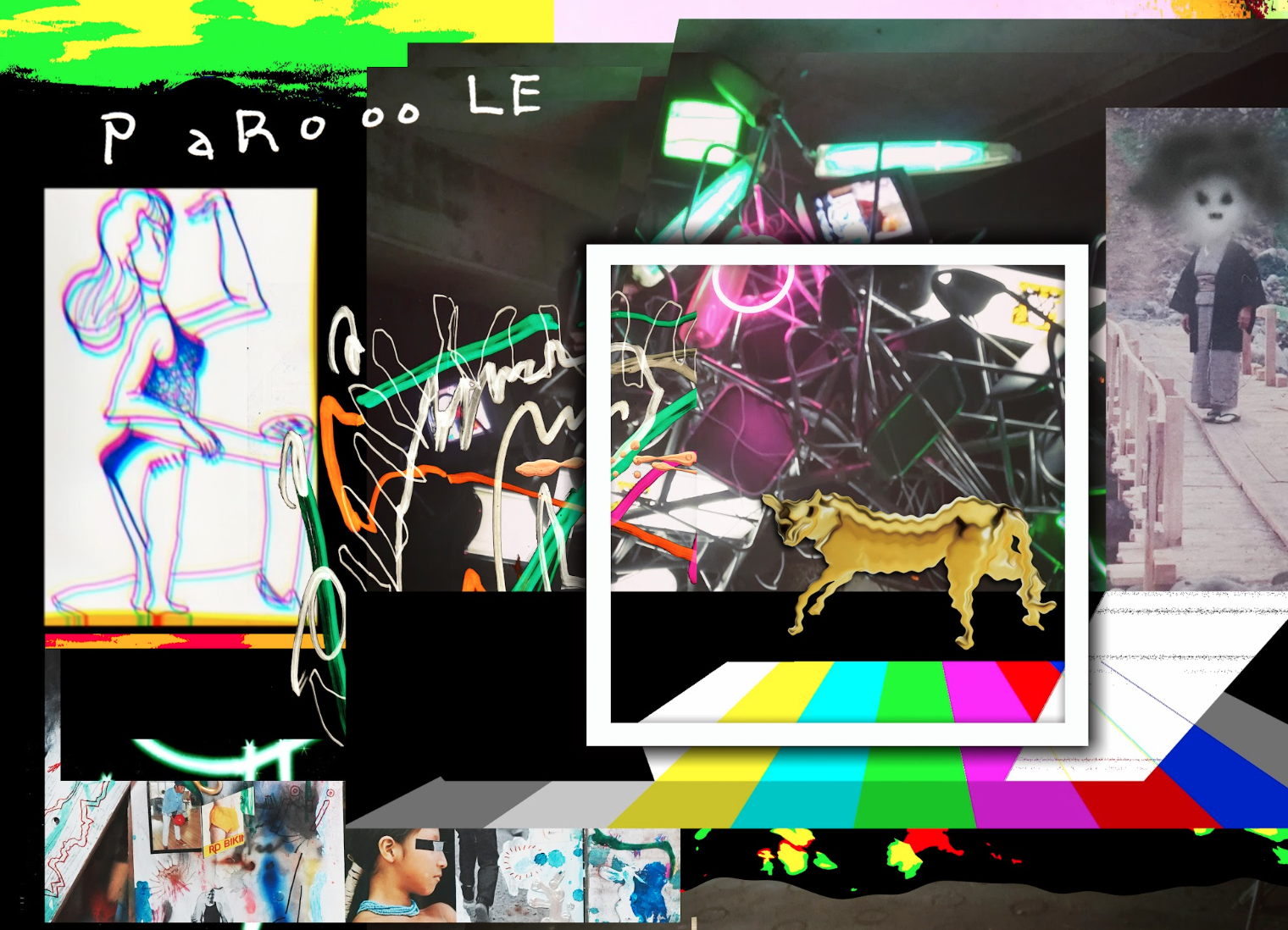
- Date
2023 6/16-7/9
*The program has been extended until Friday, June 2.
Closed on Sun〜Tues (with exception of the last exhibiting day (5.28 Sun)
- Open
13:00-19:00
CALM & PUNK GALLERY is pleased to announce “PaRoooLE,” a solo exhibition by Ryohei Minami from June 16 (Fri) to July 9 (Sun), 2023.
Ryohei Minami is a musician, sculptor, videographer, photographer, dancer, and more. He has been searching for self-amusement and has expressed his works that are inspired by human actions and movements, awkward objects, and meaningless rituals through paintings, installations, and performances at exhibitions and residential programs in various locations.
This exhibition will feature Minami’s past and current paintings and sculptures, together with installations created at CALM & PUNK GALLERY. Furthermore, Minami will be releasing his first CD from his music project, “MINZOKU M” under his very own label, A NiCE FORM, in advance.
Minami’s interests lean towards “the texture of something sensed” which deteriorates when put into words, rather than the meaning defined by a work’s creator or the content that accompanies it.
Within it, countless stories without fixed contents, whether written or unwritten, constantly change and exist as phenomena, and various elements such as paintings, three-dimensional objects, video, sound, photographs, lighting lamps, ready-made objects, and garbage are all integrated to produce a character called the atmosphere.
In doing so the work becomes a device to access the “place” of the non-spatial community brought about by mutual écriture (writing).
We hope you will take this opportunity to view the exhibition.
[PaRoooLE]
In linguistics, a system of language established and shared within a certain linguistic group is called a “Lang”(national language or mother tongue).
The physiological and psychological personal biases in the language operation, such as an individual’s actual speaking style, speech habits, rhythm, and sense of language, are called “parole” or “still”.
In contrast to this, philosopher, semiotician, and critic Roland Barthes proposes a third layer of language activity which he coins, ‘écriture’.
These are, for the moment, the basis for a socially and collectively prescribed use of language. For example, instances of interactions with friends, a gang gathering, business exchanges, or at a sumo stable ー all these situations— call for a specific use of words and grooves that respond to their respective relationships and places. And this communal phenomenon is rooted and bounded by our subconscious.
Furthermore, according to language operation, Barthes notes that we become prisoners to “the écriture of our own choice” due to characteristics that affect our facial expressions, emotional expressions, clothing, hairstyles, body language, lifestyle, and even political ideology, religious beliefs, views on life and death, and cosmology. (Structuralism You Can Learn in Your Sleep, Chapter 4–Barthes and the ‘Sign of Zero'” by T. Uchida)
In his literary criticism, Barthes did not attribute the meaning of a work to an artist’s individual personality or thought but rather described it as a pluralistic “fabric” (text) of diverse écriture.
In the nuances of the contemporary French philosopher Jacques Derrida, the current definition of écriture is “to write”.
Using this as a basis, we can exaggerate the distortion and expansion of the word “reality”, a word describing our lives and the world around us, to simply being “text” (fabric), in its written form. That is to say, our very existence is the “weaving out of texts”. The essence of Derrida’s school of thought seems to be that the world is built upon traces of things and that this body of things cannot be seen. (To the Depths of Meaning II-IV: Writing” in Relation to Derrida’s Theory of Écriture, T. Izutsu)
In light of the above, throughout our lives, we are undeniably and unconsciously affiliated with various écriture that are not limited to language, and perhaps what we call art is a sense of what kind of texture we weave out of our own text, which is then filtered, boiled down, and crystallized.
I have long been aware of this sense of “woven-out” textures in all kinds of works, and have anomalously focused on it, feeling tangibility not from the artist’s intended content nor the meanings attached to a work, but from “the texture of being sensed”.
I create paintings, sculptures, videos, sounds, and photographs on a daily basis, but I am not obsessed with deductive intent or content to the point that I have almost no concept for my work.
It can almost be thought of as unworthy to attempt to verbalize a work; degrading it as if sashimi were microwaved. Instead, I am more strongly committed to the intrinsic inductive interest pertaining to the atmospheric texture that the work itself gives off.
This is precisely the texture of “textual weaving,” and I believe that in the process of resonating perception between work and viewer, a new common sense (shared sensation) resembling slime that is not dependent on and is redundant from universal “explanation” will be born.
Mutual kaleidoscopic écriture constantly crosses, reverses, and deconstructs intention, fostering improvisational heat in dialogue.
The “zone” of common sense, where people perceive this ” weaving out” of each other, may be called a “place” of some sort located within a non-spatial community.
In this “place”, countless stories, which have no fixed content whether they are written or not, are constantly changing and becoming a phenomenon.
In the space I create, various elements such as paintings, three-dimensional objects, videos, sounds, photographs, lights, ready-made objects, and garbage are all integrated to create a character of atmosphere, but I also hope that it will be a device to access the “place” of a non-spatial community brought about by mutual écriture.
Dig deep into that “place” and simply swim alongside the vibrations of the “place”. The connection there makes the écriture swim and flow into a new swimming method. As an act of expression, the echo of the reverberated flow is transmitted to the physical world, and its texture rises up as a unique parole.
In other words, the swimming of écriture is a ceremony that leads to parole, and here is my current parole that has passed through various ceremonies.
Ryohei Minami
Artist. Painting, assembling sounds, weaving images, producing space, layering objects, making things glow, dancing, moving, shouting, twisting, sweet, hard, so he floats great. In recent years, he has been focusing on installation works, particularly on the texture of atmosphere in “places” composed of space with a wide variety of elements such as paintings, three-dimensional objects, videos, sounds, photographs, lights, ready-made objects, garbage, etc. Many of his artworks are used for CD and record jackets, flyers and posters for events, etc.
On the other hand, he is active in music (ex Mr. Understand) as a DJ, microphone performance, track production, experimental music, and DJ unit [NaMaSuKo ONETWO] with PPTV. Member of the composite performance group [ANTIBODIES Collective] as a contemporary dancer, musician, and installation artist. Experimental skit unit [Umeboshi] with contemporary artist Yoshihito Mizuuchi. President of the alternative label [A NiCE FORM], and other diverse activities.
His first album is scheduled to be released in June 2023 from A NiCE FORM under the name of his solo project “MINZOKU M”.
Instagram:
https://www.instagram.com/minamiry0hei/
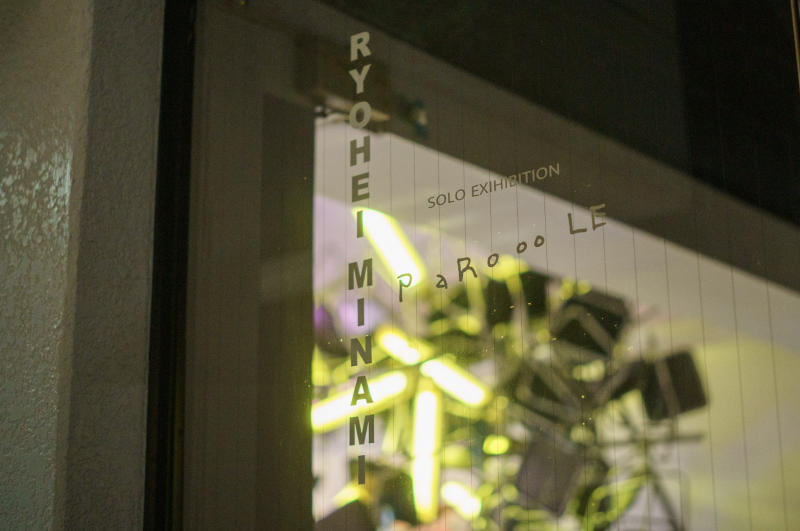
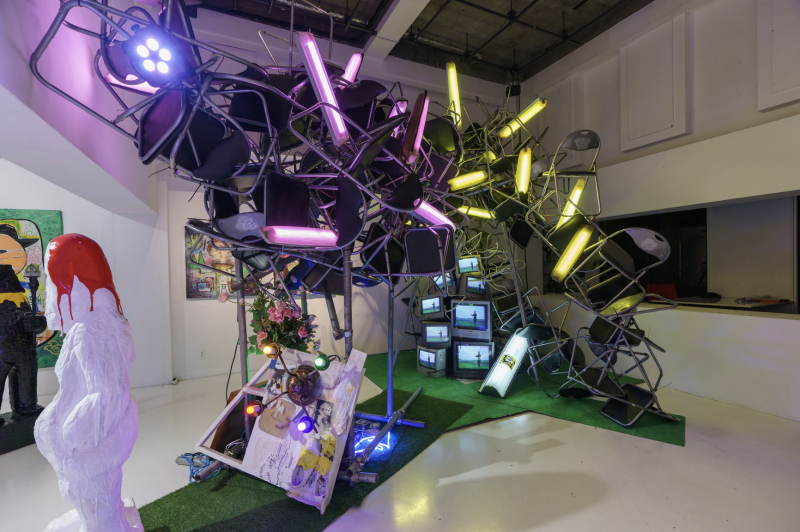
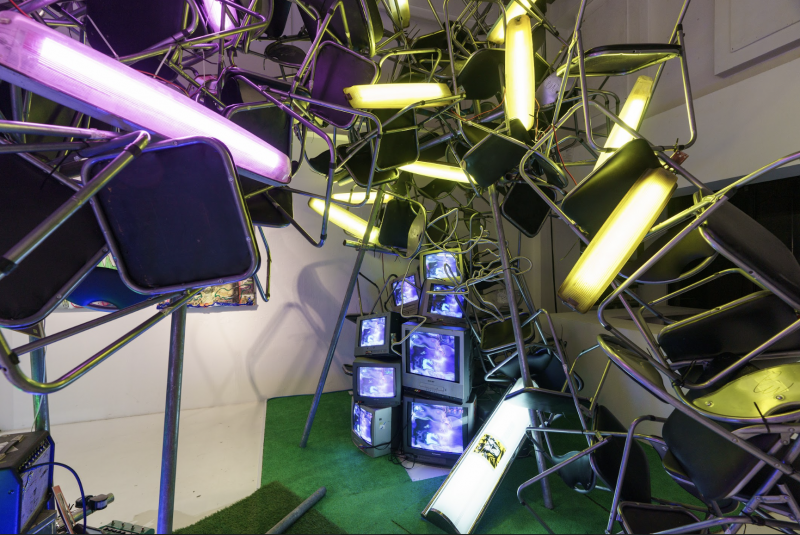
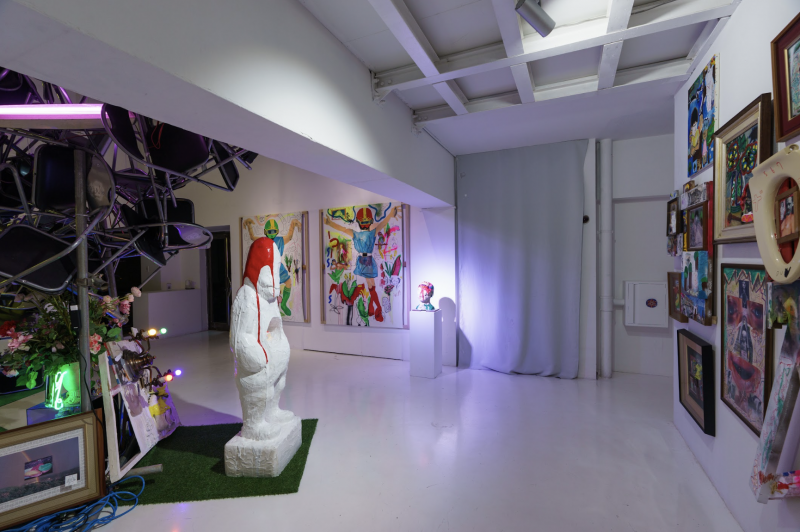

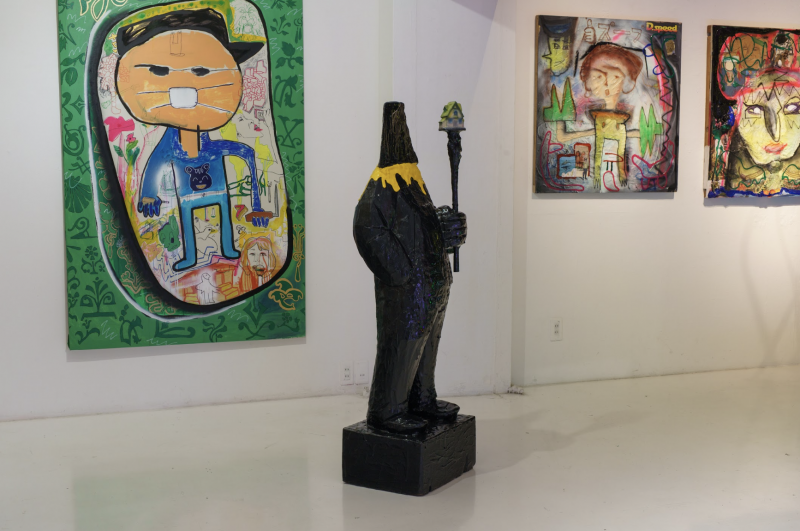
Photo by Naoki Takehisa